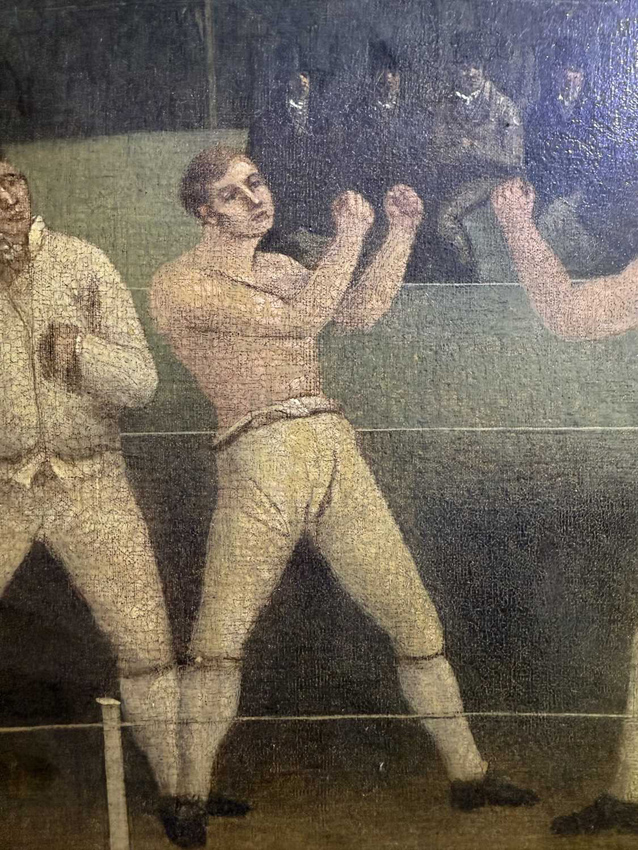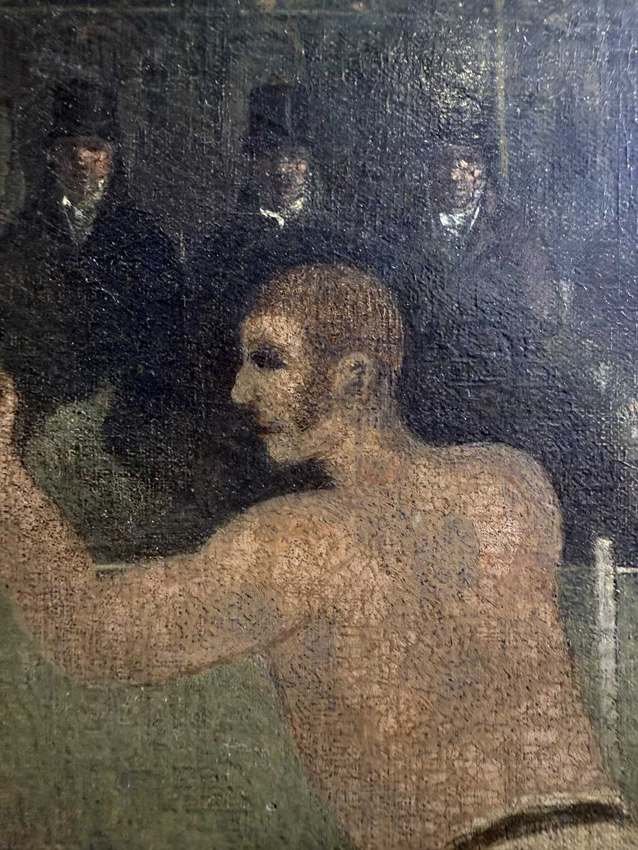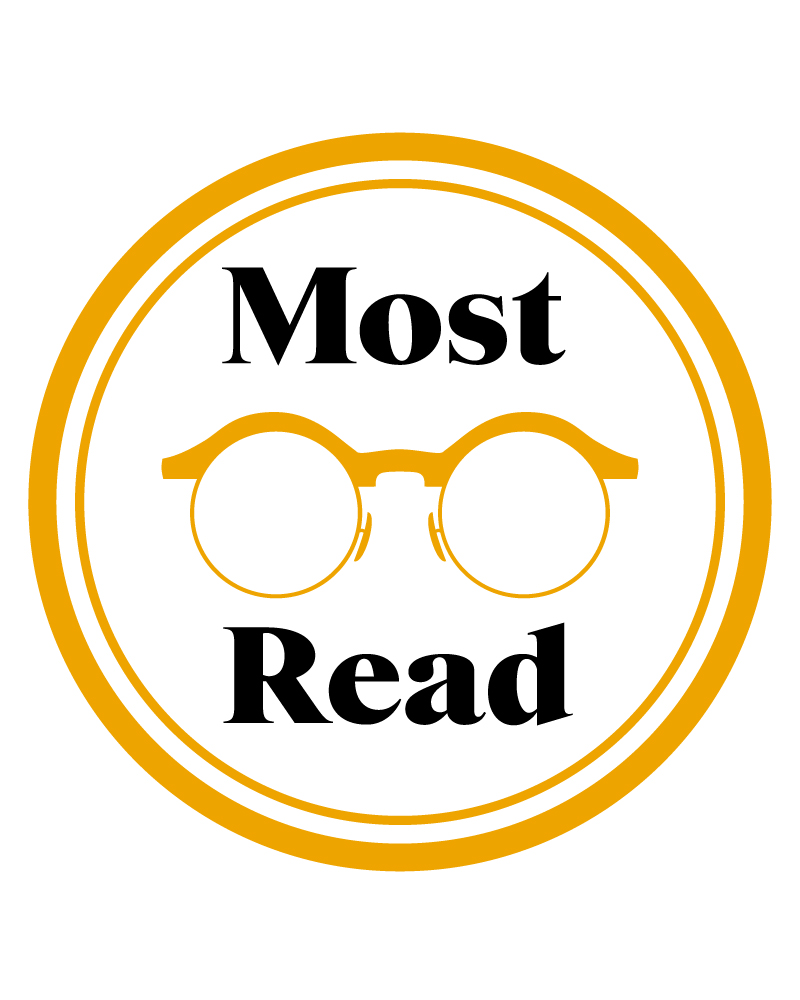
Fight between Carter & Oliver at Gretna Green, October 4th 1816, a painting catalogued as British School 19th century, £42,000 at Tennants.
Offered at Tennants (24% buyer’s premium) sale of British, European & Sporting Art sale on November 15, the painting came to auction from a family collection in the north of England. The family was apparently unsure how or when it was originally acquired.
Although unascribed, it was a ‘known’ picture having featured in an exhibition organised by the Arts Council of Great Britain in 1974 and, more recently, the ‘25th Anniversary Exhibition’ of the British Sporting Art Trust held at Christie’s in 2003.
The fight between ‘the Lancashire hero’ Jack Carter and Tom Oliver, a London pub landlord as well as a prize fighter, took place in a field on the estate of Sir James Maxwell. It was arranged by one Mr Johnson, an inn keeper, with the stakes being a hefty 100 guineas each.
The contest took place in a 24-foot roped ring in front of approximately 30,000 spectators. The Marquis of Queensberry and Captain Barclay acted as the umpires. Carter was seconded by ‘Painter and Harmer’ and Oliver by ‘Cribb and Cooper’ whose names were painted on the bottom of the frame.
Going into the match, Oliver was the favourite to win. Despite rumours of Carter’s lack of prowess, he launched a decisive attack and won the first round. Carter went on to dominate Oliver. The 31-round fight reportedly lasted 48 minutes in total and was intensely punishing.
After the bout, Oliver was apparently taken from the ring in dire condition – insensible and with both eyes swollen shut – though he was eventually revived with medical aid. Carter walked away relatively unscathed and in good spirits with his stature as a boxer greatly increased.
Catalogued as ‘British School (19th Century)’, the 2ft 2in x 3ft 4in (67cm x 1.02m) oil on canvas had some notable condition issues – scattered losses and retouching throughout, including three larger losses, as well as layers of varnish and thick surface dirt.
It was given a relatively cautious £3000-5000 estimate but a number of key commercial factors helped it to significantly exceed this level on the day.
Firstly was the rarity of the subject. Although the fight was a famous match in British boxing history with a lengthy round-by-round written description appearing in the book ‘Pugilistica, The History of British Boxing’ from 1858, the visual record of the match is scant to say the least. Seemingly no print of the fight was ever made.
Secondly, the fact that it was a highly stylised work in a good size with a striking composition and an array of intriguing details, both within the ring and to the surrounding crowd, was also crucial. This meant that, as well as acting as both a piece of sporting and social history, it had appeal to buyers in the wider market for naïve pictures, and perhaps even in the decorative sector too.
At the auction in Leyburn, it drew a number of bidders and was eventually knocked down to a private buyer at £42,000 – a high price for any historical boxing scene.
Interestingly, ATG understands that boxing historian Tony Gee’s forthcoming book on the history of the Scottish Prize Ring will include further details of the painting relating to the artist and the context of the fight itself, which was originally planned to be staged in Carlisle but was moved after opposition from the authorities. Gee is also the author of the book Up to Scratch: Bareknuckle Fighting and Heroes of the Prize-ring, a new edition of which will be published shortly.










